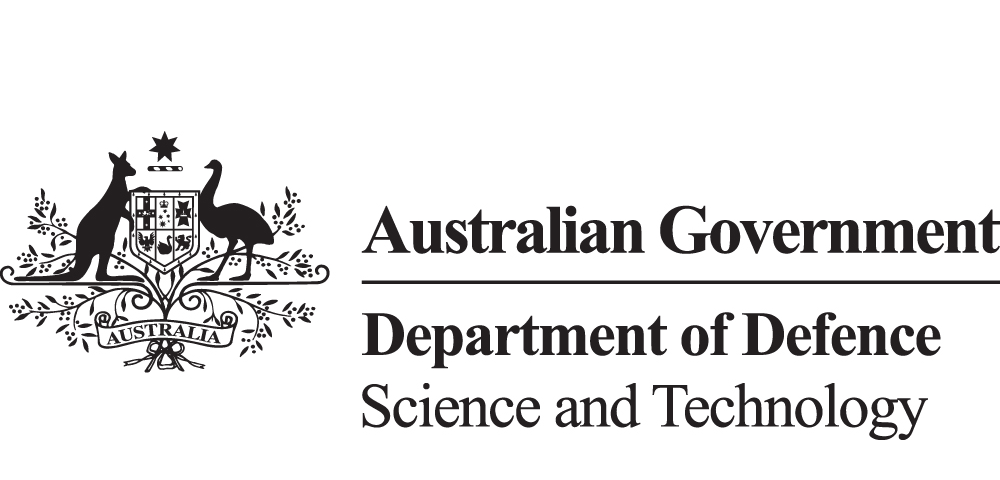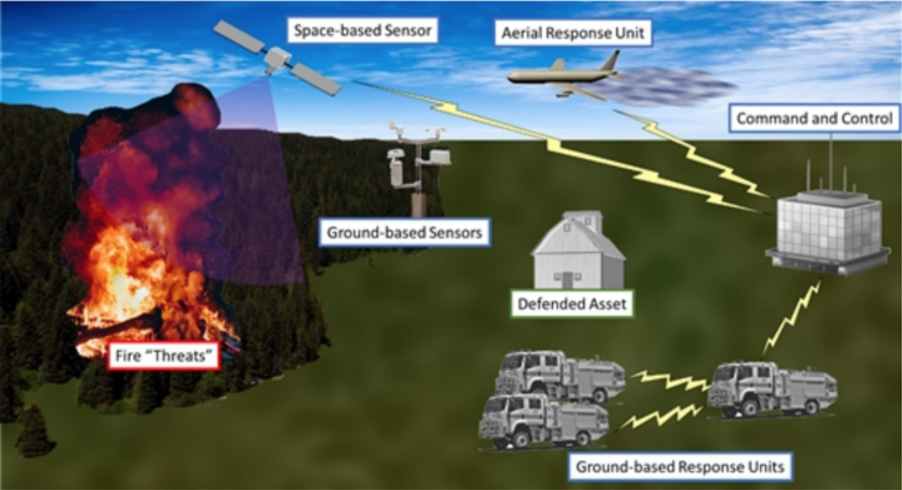
Defence Science and Technology Group
The Defence Science and Technology Group is part of Australia's Department of Defence. It is the second largest public-funded R&D organisation in Australia.
The Department of Defence manages its own strategic R&D expenditures through innovation frameworks that include the Australian Defence Science and Universities Network (ADSUN) and Next Generation Technologies Funds (NGTF).
The NGTF launched in 2016 to drive investments in specific defence-relevant technology areas — ISR (intelligence, surveillance and reconnaissance), space, human performance, medical countermeasure products, materials science, quantum technologies, trusted autonomous systems, cyber, advanced sensors, hypersonics, and directed-energy capabilities.
In addition to the above, in 2020 the Defence Science and Technology (DST) Group led the development of a new S&T Strategy for Defence, More Together. More Together explicitly supports DST Group’s focus on large and highly strategic S&T programs through the Science, Technology and Research Shot (STaR Shot) concept, and calls for closer and more focused collaborations between the defence S&T, industry and academic sectors under these programs.

DST Group has consistently been an active ACEMS collaborator over the past five years, pursuing numerous collaborative research projects, awarding funding grants, and attending various events hosted by ACEMS.
Highlights from some of our collaborations and engagements across areas of DST include:
- ACEMS officially recognised as a HPRNet Partner.
- Completion of multiple co-funded projects.
- Successful joint funding proposals with ACEMS researchers laying the foundation for future work beyond the life of ACEMS
ACEMS Recognised as HPRNet Partner
In 2021, ACEMS became a recognised partner of DST’s Human Performance Research Network (HPRnet) and its engagements from the earlier year translated into new collaborations and funding, including for human biotechnology work.

ACEMS has been officially recognised as a HRPnet network partner, as featured above in the HPRnet website
Completed co-funded DST-ACEMS projects
ACEMS and DST Group researchers completed several co-funded projects in 2021 including two cross-node central support scheme projects:
- A Research Support Scheme project led by Mehwish Nasim titled “Realignment and reconfiguration of echo chambers”. The research team, including CI Lewis Mitchell and several members of DST Group, found echo chambers are strongly cohesive communities; however, in certain scenarios (i.e., around contentious topics) they may reconfigure, providing an opportunity to introduce new messages and ideas into the echo chambers, to help combat misinformation echo chambers may harbor. Follow-on collaborations are anticipated in 2022.
- An Industry Collaboration Support Scheme project led by Rachael Quill titled “A generalised framework for characterising uncertainty in complex systems to enable quantification of extrinsic mathematical uncertainty in defence and emergency services”. This project applied a conceptual characterisation of uncertainty to the military defence system. This was achieved using the bushfire surrogate model defined by the QUT team. Gaps for uncertainty analysis have been identified using the surrogate bushfire model, and further analysis is now being conducted. This analysis aims to determine the sensitivity of the threat response model to variability in the structure and parametrisation of the underlying threat. The work also aims to draw parallels between the developed defence surrogate model and operational bushfire spread models used in emergency management in Australia. A manuscript of the results has been prepared and will subsequently be submitted for publication.
Successful funding proposals
Further work between ACEMS researchers, DST Group and other defence partners will continue into 2022 and beyond with several new research grants providing secure funding such as:
- Applications to DST ORNet, including one by James McGree on “Robust designs for computer experiments”, which will lead to a further collaboration with DST Group related to simulator data collection for statistical modelling for optimisation purposes.
- Wargames projects led by Mehwish Nasim which build upon her Research Support Scheme project “Realignment and reconfiguration of echo chambers”.
- ACEMS projects led by the University of Adelaide Node in the areas of:
- Antifragile Programmable Networks over Multiple Defence domains and Bearers.
- Provable Network Security.
- Trusted AI Frameworks for Change and Anomaly Detection in Observed ISR Patterns (with the SmartSat CRC).
ACEMS-DST supported project
“A generalised framework for characterising uncertainty in complex systems to enable quantification of extrinsic mathematical uncertainty in defence and emergency services”.

The researchers used bushfire response simulations as an unclassified surrogate for defence responses to develop a model to help the Australian Defence Force (ADF) decide future weapons capability purchases under high levels of uncertainty. Learn more about the research in this media article. Bushfire and defence responses have a lot of similarities: threats, defendable assets, team hierarchies and complex interacting networks. Image of a simplified operational context diagram of bushfire emergency response courtesy of QUT's Dr Troy Bruggemann.